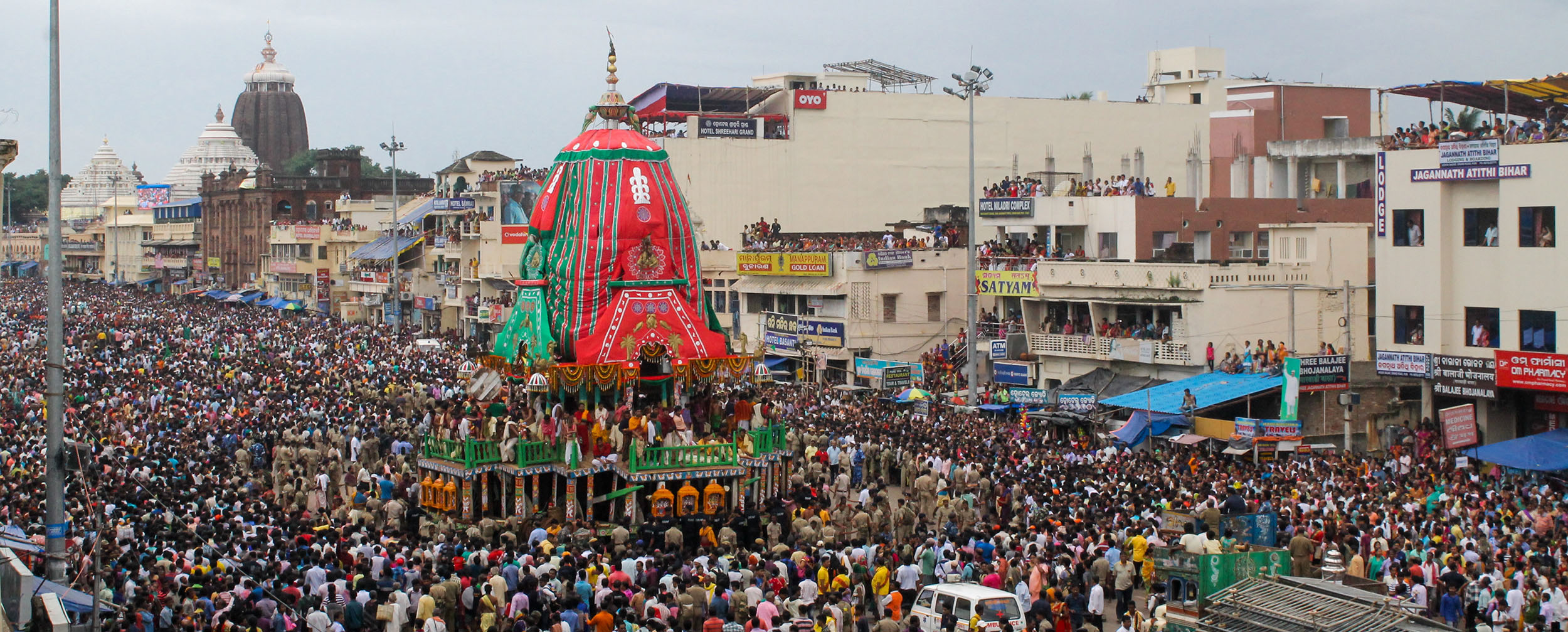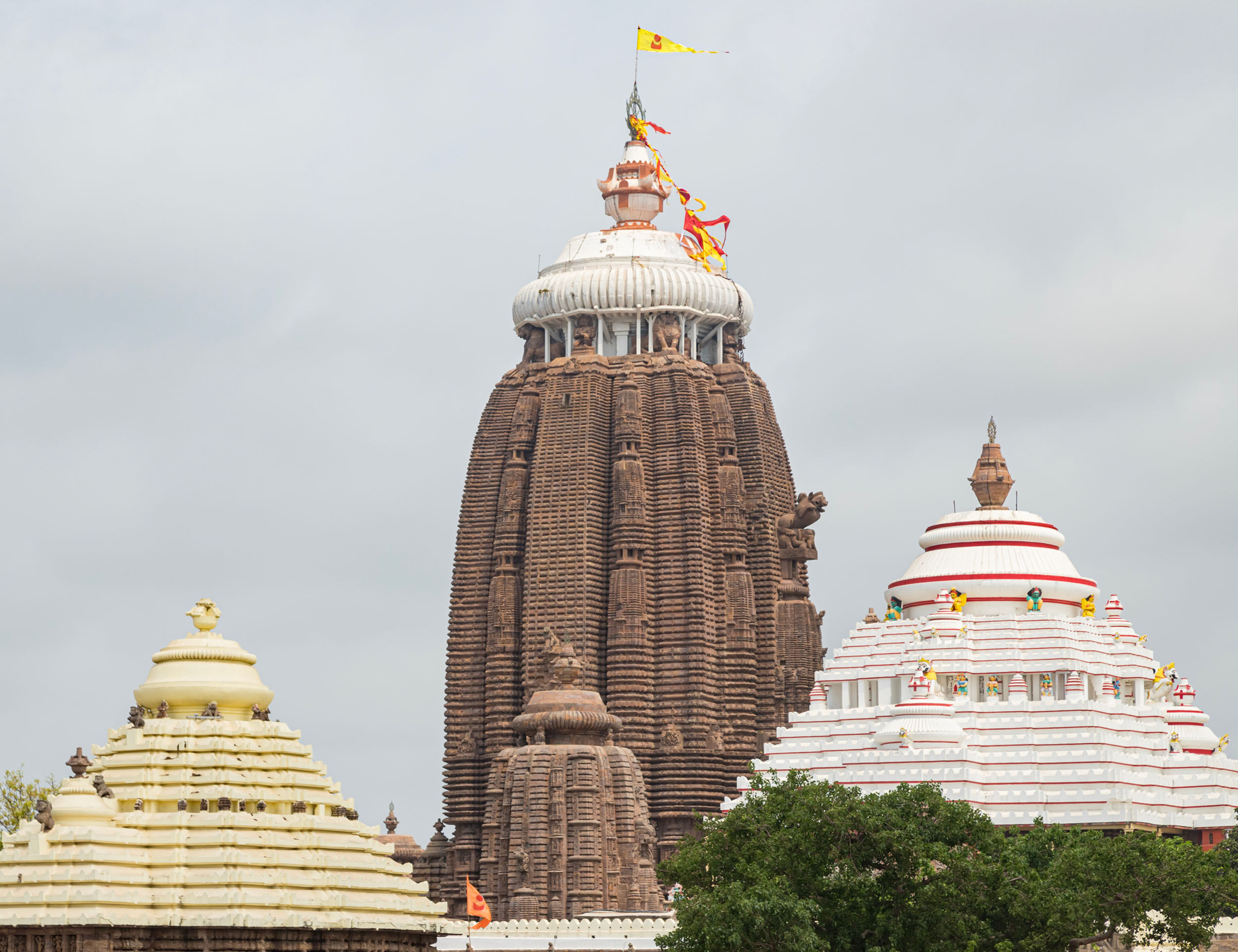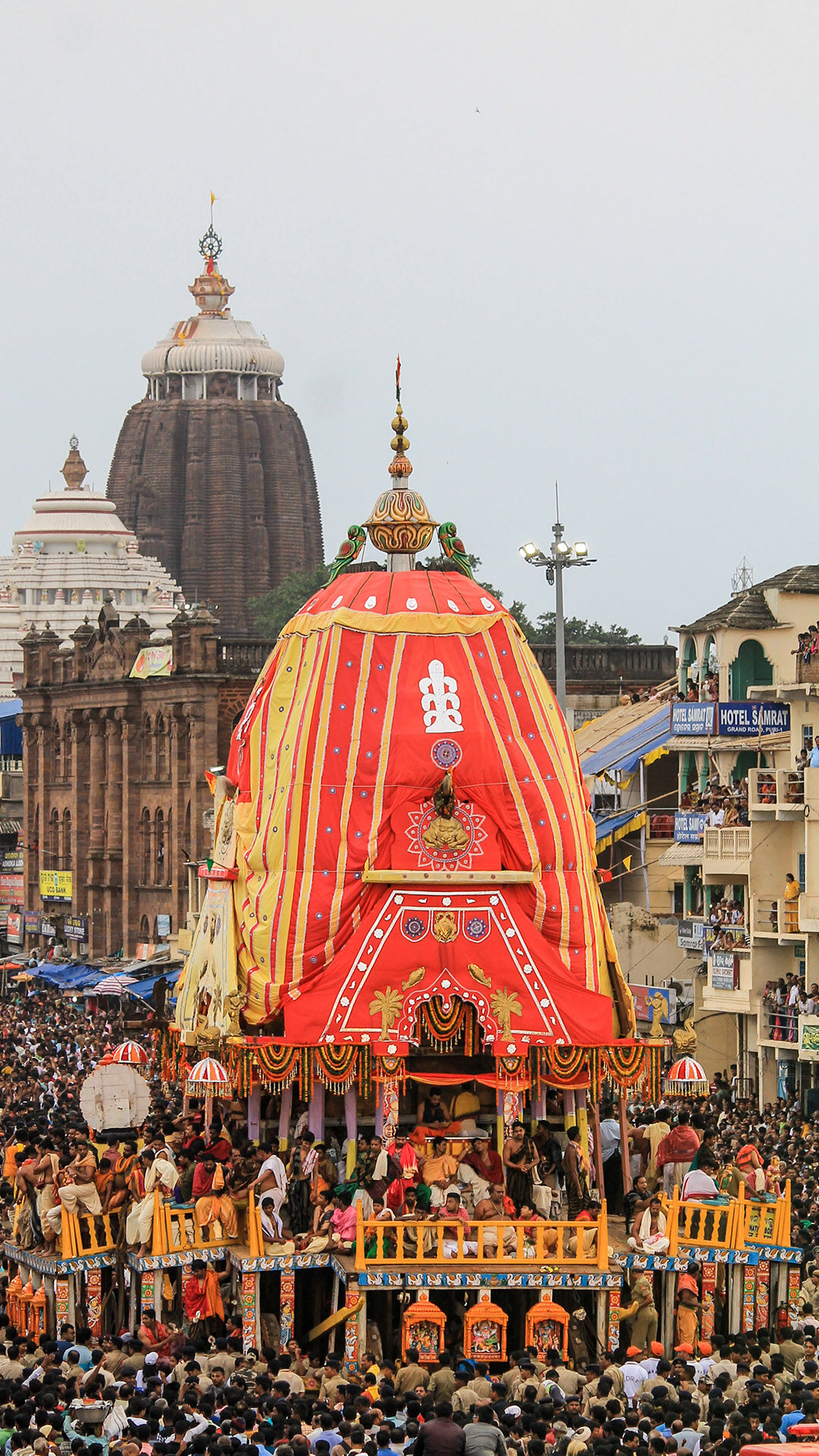STORIES BY DIWAS

Lifestyle
Divine Journey: Key Reasons Why Rath Yatra Is Celebrated
Date 24 June 2025 Reading time: 7-10 mins
The streets of Puri, Odisha, transform into a vibrant spectacle each year as massive wooden chariots roll forward, accompanied by the rhythmic chants of thousands of devotees and the resounding beats of drums. This grand event, known as Rath Yatra, stands as one of the most revered festivals in the Hindu calendar, drawing millions from across India and beyond.
But why is Rath Yatra celebrated with such profound devotion and enthusiasm? This article seeks to unravel the spiritual essence of this ancient tradition, exploring its historical roots, sacred rituals, and its enduring significance in Indian culture.
What is Rath Yatra?
Rath Yatra, meaning "Chariot Journey," is a Hindu festival centred around the procession of deities on elaborately crafted wooden chariots. At its core, the festival honours Lord Jagannath—a form of Lord Krishna—alongside his elder brother Balabhadra and sister Subhadra.
Each year, these deities are ceremonially transported from the Jagannath Temple in Puri to the Gundicha Temple, a distance of approximately three kilometres, where they reside for a week before returning. The procession involves three towering chariots, pulled by countless devotees amidst an atmosphere charged with music, dance, and devotional hymns. This journey is not merely a physical movement but a profound spiritual event that unites people in a shared expression of faith.
Significance of Rath Yatra: Why Rath Yatra is Celebrated
The question of why Rath Yatra is celebrated finds its deepest answer in the festival’s rich spiritual symbolism. At its heart, Rath Yatra represents the soul’s journey toward liberation, a central theme in Hindu philosophy. The act of devotees pulling the chariots signifies their earnest efforts to transcend worldly attachments and draw nearer to the divine. This collective endeavour embodies the pursuit of moksha, or spiritual freedom, resonating with the teachings of scriptures like the Bhagavad Gita, where Lord Krishna emphasises the presence of the divine within all beings.
Another layer of the significance of Rath Yatra lies in its emphasis on equality and inclusivity. Unlike many temple rituals restricted to specific groups, Rath Yatra invites participation from all—irrespective of caste, creed, or social standing. The deities’ emergence from the sanctum sanctorum to the streets symbolises the divine reaching out to humanity, breaking barriers between the sacred and the everyday. This accessibility reinforces the festival’s message of universal devotion, a principle that continues to inspire millions.
The festival also draws from mythology, reenacting Lord Jagannath’s journey to visit his aunt’s abode, the Gundicha Temple, symbolising familial bonds and the divine’s human-like qualities. For devotees, participating in this event is believed to cleanse sins and bestow blessings, making it a powerful act of seva (selfless service). Understanding why Jagannath Rath Yatra is celebrated requires recognising its role as a bridge between the human and the divine, fostering spiritual renewal and unity.
The History of Rath Yatra
The historical origins of Rath Yatra are steeped in ancient Hindu texts such as the Skanda Purana and Brahma Purana, which reference the early existence and significance of Rath Yatra. Its modern form, however, is attributed to the 12th century, when King Anantavarman Chodaganga Deva of the Eastern Ganga dynasty established the Jagannath Temple in Puri.
The question of why Rath Yatra is celebrated in Puri is closely tied to the city’s status as one of the Char Dham pilgrimage sites, a sacred centre where the divine presence of Lord Jagannath is believed to reside. Over centuries, the festival has evolved, absorbing regional influences while preserving its spiritual core, cementing its place as a timeless tradition in Hindu culture.
A notable legend recounts Lord Jagannath’s desire to visit his birthplace, represented by the Gundicha Temple, a narrative that underscores the festival’s mythological significance. Historically, rulers of Puri institutionalised Rath Yatra to ensure that all devotees, including those barred from temple entry, could receive darshan (sacred viewing) of the deities, enhancing its inclusivity.
Significance of Rath Yatra: The Rituals and Traditions
The rituals of Rath Yatra are a meticulous blend of tradition and devotion, beginning months in advance with the construction of the three chariots. Crafted from specific woods like sal and neem, these chariots—adorned with vibrant fabrics and intricate carvings—are marvels of artistry and symbolism.
To truly understand why Jagannath Rath Yatra is celebrated, one must witness its sacred ceremonies. The festival commences with Snana Purnima, a ceremonial bathing of the deities with 108 pots of water, signifying purification. This is followed by Anavasara, a period of seclusion for the deities, mirroring a time of rest and renewal.
On the day of the procession, the deities are brought forth in the Pahandi ceremony, accompanied by resounding chants and the blowing of conches. The highlight is the pulling of the chariots, an act led by devotees grasping thick ropes, symbolising collective devotion.
A unique tradition, the Chhera Pahanra, sees the King of Puri sweep the chariots with a golden broom, reinforcing humility before the divine. These rituals collectively illuminate why Jagannath Rath Yatra is celebrated with such reverence, weaving spirituality into every step of the celebration.
Significance of Rath Yatra in Hindu Communities
Beyond its religious dimensions, Rath Yatra serves as a celebration of community and unity within Hindu society. Across India and the diaspora, the festival fosters social bonds, bringing families and friends together in acts of devotion and festivity. It reinforces cultural identity, reminding participants of shared values like humility and service—exemplified by the king’s sweeping ritual.
The significance of Rath Yatra extends to its role in transcending societal divides, as it unites people for a common purpose, echoing the festival’s spiritual ethos of equality. For many, Rath Yatra is a time of reflection and reconnection with heritage, strengthening the fabric of Hindu communities. Whether in small towns or global cities, the festival’s processions evoke a sense of belonging, making it a vital thread in the tapestry of Indian life.
The Impact of Rath Yatra on Indian Culture
Rath Yatra’s influence on Indian culture is profound and far-reaching. The festival has inspired a wealth of artistic expression, from paintings and literature to music and dance, reflecting its deep-rooted presence in the nation’s heritage.
The chariots themselves showcase exceptional craftsmanship, preserving traditional skills passed down through generations. Economically, Rath Yatra boosts tourism in Puri, supporting local artisans and vendors, while its global celebrations highlight India’s cultural outreach.
The festival’s themes of unity and devotion resonate in modern times, offering a counterpoint to societal fragmentation. Its adaptability is seen in virtual broadcasts and international events ensuring its relevance, making it a living tradition that continues to shape India’s cultural landscape.
Rath Yatra and the Journey of Faith, Heritage, and Heart
Why Rath Yatra is celebrated lies in the multifaceted spiritual significance of Rath Yatra: the soul’s journey to liberation, the equality of all before the divine, and the intimate connection between humanity and the sacred. Its history and rituals reflect India’s rich heritage, while its communal and cultural impact underscores its enduring appeal.
As the chariots roll each year, they carry forward a legacy of faith, unity, and tradition, answering why Rath Yatra is celebrated with every chant and every pull of the rope—a testament to its timeless resonance in the hearts of millions.
For those attending the Rath Yatra and wanting to dress appropriately while staying comfortable, Diwas offers a perfect blend of style and comfort suited for summer festivals and spiritual gatherings.



